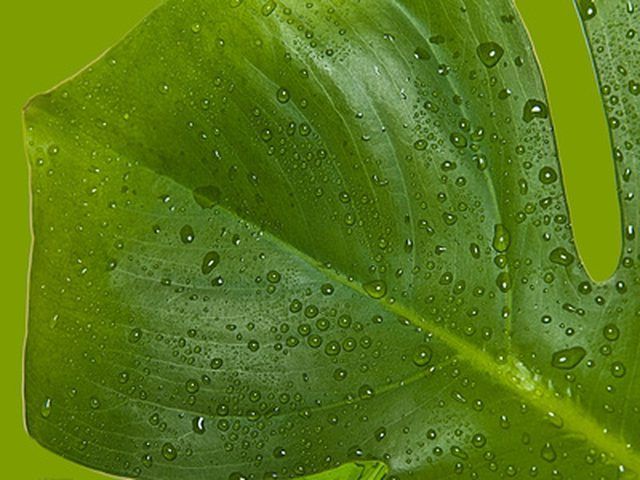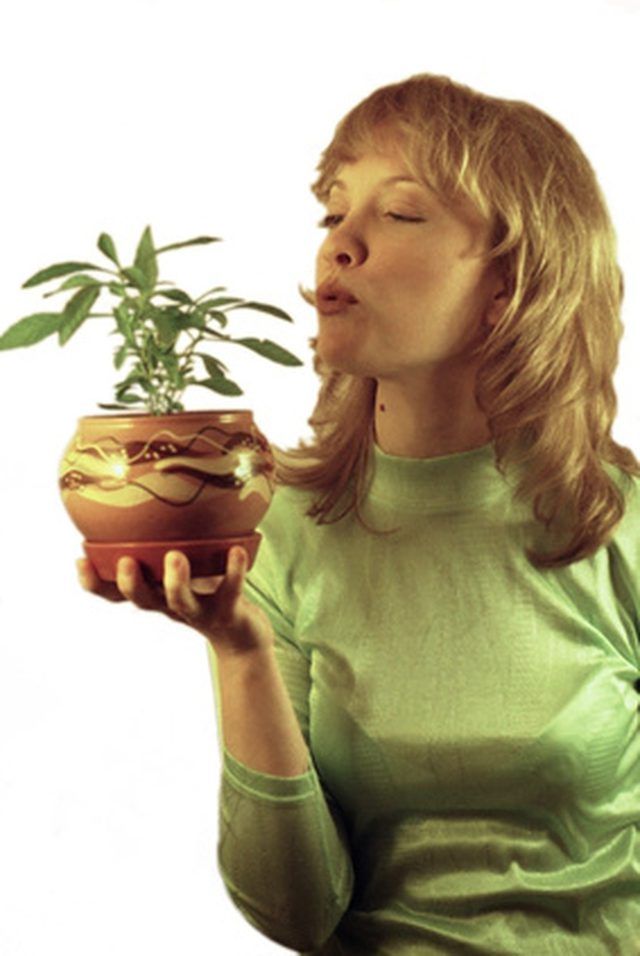Bulbs
Flower Basics
Flower Beds & Specialty Gardens
Flower Garden
Garden Furniture
Garden Gnomes
Garden Seeds
Garden Sheds
Garden Statues
Garden Tools & Supplies
Gardening Basics
Green & Organic
Groundcovers & Vines
Growing Annuals
Growing Basil
Growing Beans
Growing Berries
Growing Blueberries
Growing Cactus
Growing Corn
Growing Cotton
Growing Edibles
Growing Flowers
Growing Garlic
Growing Grapes
Growing Grass
Growing Herbs
Growing Jasmine
Growing Mint
Growing Mushrooms
Orchids
Growing Peanuts
Growing Perennials
Growing Plants
Growing Rosemary
Growing Roses
Growing Strawberries
Growing Sunflowers
Growing Thyme
Growing Tomatoes
Growing Tulips
Growing Vegetables
Herb Basics
Herb Garden
Indoor Growing
Landscaping Basics
Landscaping Patios
Landscaping Plants
Landscaping Shrubs
Landscaping Trees
Landscaping Walks & Pathways
Lawn Basics
Lawn Maintenance
Lawn Mowers
Lawn Ornaments
Lawn Planting
Lawn Tools
Outdoor Growing
Overall Landscape Planning
Pests, Weeds & Problems
Plant Basics
Rock Garden
Rose Garden
Shrubs
Soil
Specialty Gardens
Trees
Vegetable Garden
Yard Maintenance
Why Do Plants Lose Water?
Why Do Plants Lose Water?. Plants lose water through a process called transpiration, which involves the evaporation of water from the leaves of the plant. Transpiration is a part of the water cycle, but it also has benefits for the plant, such as assisting in photosynthesis. Every part of the plant is involved in transpiration at some point.

Plants lose water through a process called transpiration, which involves the evaporation of water from the leaves of the plant. Transpiration is a part of the water cycle, but it also has benefits for the plant, such as assisting in photosynthesis. Every part of the plant is involved in transpiration at some point.
The Water Cycle
To understand how plants lose water, you must first understand the water cycle. According to the U.S. Geological Survey (USGS), the water cycle has no starting point, but for the sake of explanation, water in the oceans, rivers and on surfaces of plants turns to water vapor when it is heated by the sun. As it rises into the atmosphere, it condenses to form clouds. Eventually, the clouds become too heavy and the water falls back to the earth in the form of precipitation (snow or rain).
Transpiration
Transpiration in plants is very much like perspiration in humans. Pores in the plant's leaves, called stomata, open up and allow water to escape. According to Tracy Sterling of New Mexico State University, 99 percent of water that is absorbed by the roots of the plant is transpired.
Plant Benefits
Some plants, such as cacti, have evolved to retain more of this water. Other plants, however, continue to transpire because of the benefits. The process of water turning into a vapor cools the plant, explains Sterling. As water transpires and the roots replace it, the roots are also drawing in more nutrients from the soil. The presence of this water in the soil also provides support for the plant so that it does not fall over.
Human Benefits
Plants are responsible for creating the oxygen that all living creatures breathe. Oxygen is produced as a bi-product of transpiration. When the stomata open to release water onto the surface of the plant, carbon dioxide enters and oxygen exits. The plant requires carbon dioxide for the process of photosynthesis in which the plant converts energy from the sun.

Process
Water is first absorbed through the very tip of the root. It then moves either between the cell membranes, or directly through the cells of the plant. Eventually the water reaches the endodermis, as stated by Sterling. The endodermis draws the water upward into the stem of the plant. The stem moves water rapidly toward the plant's leaves. At this point, stomata react to environmental cues and release water to the surface of the leaf, where it evaporates.